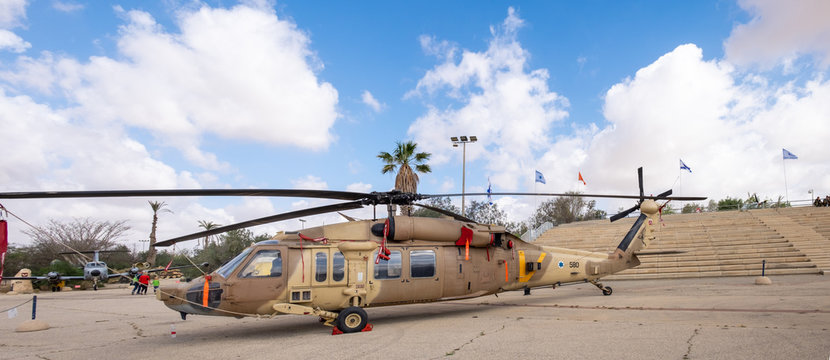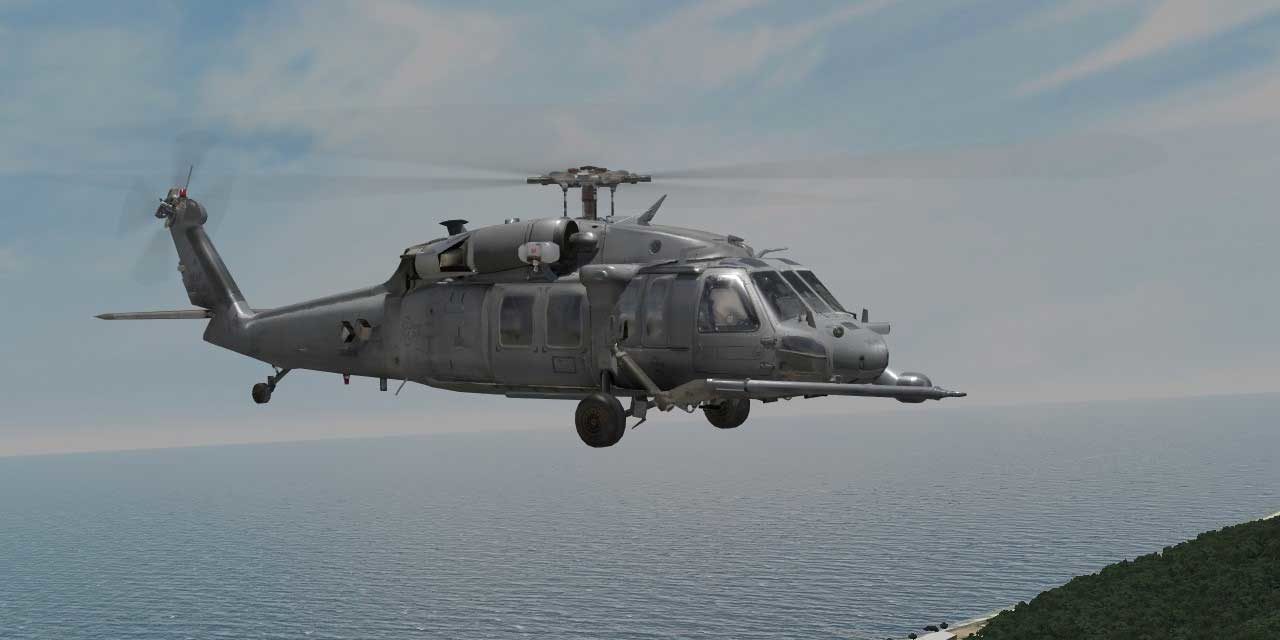S70 Sikorsky Variations: Checking Out Different Models and Their Uses
Wiki Article
A Comprehensive Consider the Layout and Performance of the S70 Helicopter
The S70 helicopter has actually long been considered a workhorse in the realm of rotorcraft, respected for its adaptability, toughness, and versatility to numerous objectives throughout the world (s70 sikorsky). As we look into the complexities of its design and performance, a deeper understanding emerges of the cautious engineering that underpins its abilities in both armed forces and civilian applications. From its transformative trip to the complexities of its wind resistant layout, the S70 helicopter stands as a testament to accuracy engineering and operational excellence. However what sets this airplane aside from its counterparts, and exactly how does its performance measure up in the competitive landscape of modern rotorcraft? Allow us explore these aspects carefully to reveal real significance of the S70 helicopter.Evolution of the S70 Helicopter

The evolution of the S70 helicopter traces a course of technical developments and design improvements that have actually strengthened its credibility as a trustworthy and functional airplane in numerous functional capacities. Originally created from the UH-60 Black Hawk system, the S70 has actually undergone substantial modifications to satisfy the varied needs of army, search and rescue, and business drivers. Among the essential milestones in its evolution was the incorporation of sophisticated avionics systems, such as digital glass cockpits, enhanced navigation abilities, and mission-specific equipment combination.
Additionally, the S70 has seen continual enhancements in its powerplant, transitioning to even more fuel-efficient engines with enhanced power outcome, leading to boosted efficiency and operational range. Architectural enhancements, consisting of the comprehensive use of composite products and aerodynamic improvements, have not only minimized weight however also enhanced ability to move and fuel effectiveness. These developments have enabled the S70 to adjust to evolving functional demands while keeping its online reputation for longevity and goal readiness.
Aerodynamic Design Features
With a focus on enhancing performance and efficiency, the aerodynamic design features of the S70 helicopter play a crucial duty in enhancing its maneuverability and security throughout different mission scenarios. The S70 integrates numerous key aerodynamic aspects to accomplish these objectives.Another noteworthy aerodynamic function of the S70 is its advanced airframe building, which consists of wind resistant fairings and contours that maximize air flow around the aircraft. This style lowers turbulence and improves control responsiveness, especially in challenging weather condition conditions. Furthermore, the S70's tail blades layout improves stability and control, making it possible for precise maneuvering in constrained rooms or throughout intricate missions.
Advanced Avionics and Systems
Building upon the aerodynamic style attributes that maximize the S70 helicopter's efficiency and effectiveness, the focus currently changes to the innovative avionics and systems that enhance its functional capabilities. The S70 helicopter is geared up with advanced avionics systems that supply pilots with real-time information and boosted situational awareness. These systems include sophisticated interaction systems, navigation equipment, and mission-specific sensing units that make sure precision in different functional environments.One of the vital functions of the S70's avionics collection is its electronic auto-pilot system, which enables the helicopter to autonomously implement complex trip maneuvers with a high level of precision - s70 sikorsky. Furthermore, the helicopter is outfitted with a sophisticated glass cockpit display that integrates all essential trip info into a streamlined, easy-to-read layout, enhancing pilot decision-making capacities
In Addition, the S70 helicopter's sophisticated systems prolong past standard avionics, integrating advanced technologies such as terrain recognition and warning systems (TAWS), website traffic collision avoidance systems (TCAS), and weather condition radar systems. These innovative avionics and systems collectively add to the S70 helicopter's track record as a functional and see post very capable aircraft in both armed forces and noncombatant applications.
Mission Capacities and Adaptability
Showing its adaptability throughout a varied series of operational scenarios, the S70 helicopter showcases extraordinary objective capacities and flexibility. Whether released for search and rescue objectives, clinical discharges, regulation enforcement procedures, or armed forces transportation, the S70 masters fulfilling the needs of different missions with precision and reliability.Outfitted with cutting edge avionics and systems, the S70 helicopter flaunts a durable design that permits for seamless integration of mission-specific tools. Its flexible cabin design and personalized configurations make it a favored choice for drivers seeking a multi-role airplane that can rapidly adjust to evolving goal needs.
The S70's advanced ability to move and agility even more enhance its functional performance, enabling it to navigate difficult settings easily. Its capacity to operate in diverse climate problems and terrain types makes certain that missions can be executed successfully, even in the most demanding scenarios.
Efficiency Specifications and metrics

Furnished with advanced avionics and communication systems, the S70 guarantees ideal situational recognition and smooth combination with contemporary command and control networks. Its twin-engine setup offers redundancy and boosts see here security during crucial goals. Furthermore, the helicopter's capacity to run in challenging weather condition conditions and high elevations additionally highlights its dependability and performance.
In regards to endurance, the S70 can remain airborne for up to 2.5 hours, enabling for prolonged objectives without jeopardizing performance. Generally, the S70's efficiency metrics and specs placement it as a leading option for various armed forces, search and rescue, and energy operations.
Conclusion
To conclude, the layout and performance of the S70 helicopter showcase an amazing advancement in the rules of aerodynamics, avionics, and goal capabilities. With sophisticated features and specifications, this helicopter offers convenience and performance in different missions. Its innovative design and performance metrics reflect a commitment to quality in the area of aeronautics.
Report this wiki page